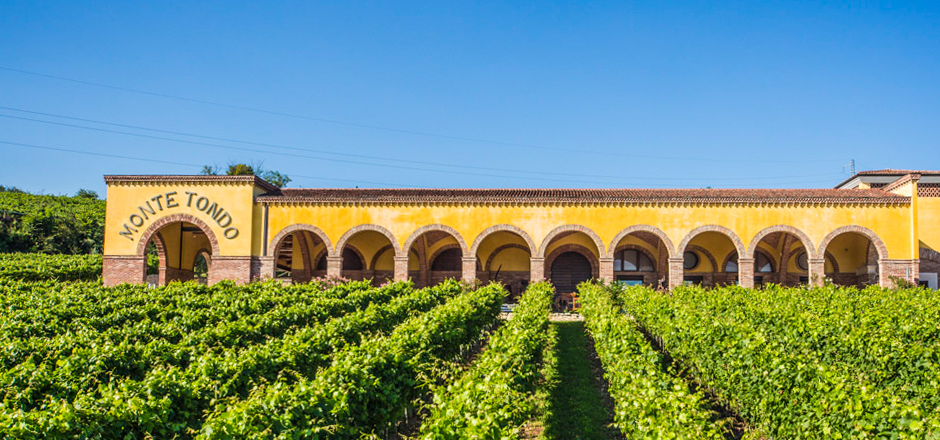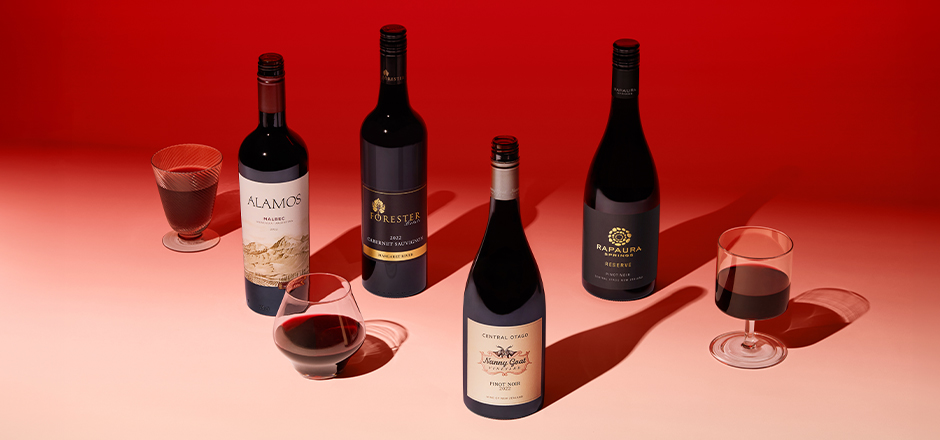- The Drop
The Most Spectacular Wines You’ve Never Heard Of
Read Time 4 Minutes
Posted 22 May 2024
By Vintage Cellars

You’ve heard of sauvignon blanc, chablis, grenache and malbec. But what about soave, alvarinho? Mencía, anyone?
The world of wine is incredibly diverse, but it needn’t be overwhelming. There are few things we love more at Vintage Cellars than bringing unique varietals grown in far-flung corners of the globe to the fore, and now, thanks to creative winemakers and producers putting them on the map, these wines are getting the attention they deserve.
To point you in the right direction when it comes to approaching a new drop, we’re breaking down three unique wine varietals to try next. From a Veneto region white to a grape native to the Iberian Peninsula, these are the drops that’ll impress at your next dinner party.
Alvarinho
A white grape grown in Portugal, Alvarinho is a lesser known varietal that has aromatic, delicate, zippy characteristics. “I love this grape variety however finding it in the Australian market can be difficult with options often limited,” says Premium Australian wInes’ Peter Barker (Tiroliro Alvarinho is among their folio). If the name Alvarinho isn’t ringing any bells, Australian wine lovers might be more likely to recognise Albarino — the same grape, only grown in Spain. “Portuguese wines seem to play second fiddle to Spanish wines. I would assume consumers also find it daunting to order a wine they find difficult to pronounce,” Barker posits. Alvarinho, however, is a perfect entry-point for people wanting to dip their toe into slightly more obscure wines that aren’t completely out there, flavour-wise. “If you love Riesling, get around Alvarinho. It’s such a great side step from Riesling as it has all the same qualities, only viewed through a Mediterranean lens.” As for what to drink it with, “Raw, grilled, baked, smoked [seafood], anyway you can get it.”
Mencía
From the Iberian Peninsula comes another little-known grape that punches well above its weight. Mencía is grown exclusively in Spain and Portugal, and mimics other medium-bodied reds like pinot noir and gamay in the way it ages. On the palette, Mencía boasts floral and red fruit notes — think raspberries and strawberries, pomegranate and cherry — making it the perfect match for spiced and barbecued meats, and sharp cheeses like Manchego and White Cheddar. Mencía can err on the bitter side, so if you’re not into tannin-heavy drops, look for mencias aged in oak barrels for more brown sugar, nutmeg and vanilla notes. If you’ve never given Mencía a go, start with Petit Pittacum’s 2022 vintage — an approachable first foray into the varietal.

Soave
Soave’s relative anonymity when it comes to mainstream wines is surprising given it’s been grown in the volcanic hills of Verona since Roman times. Nonetheless, if it’s not already on your radar. It’s a dry, light-bodied white best likened to sauvignon blanc or pinot gris, with a little more complexity. Peach, honeydew melon and orange zest are common notes across the board, while the volcanic soil it’s grown in lends the wine a minerality and salinity that’s perfect alongside richer seafood dishes. If you want more from your soave, give it a few years to age (but no longer than five) and it’ll develop hints of marmalade, fennel seed and beeswax. As a first foray, start with Monte Tondo’s Mito Soave.
- The Drop
- View More Posts The Drop







